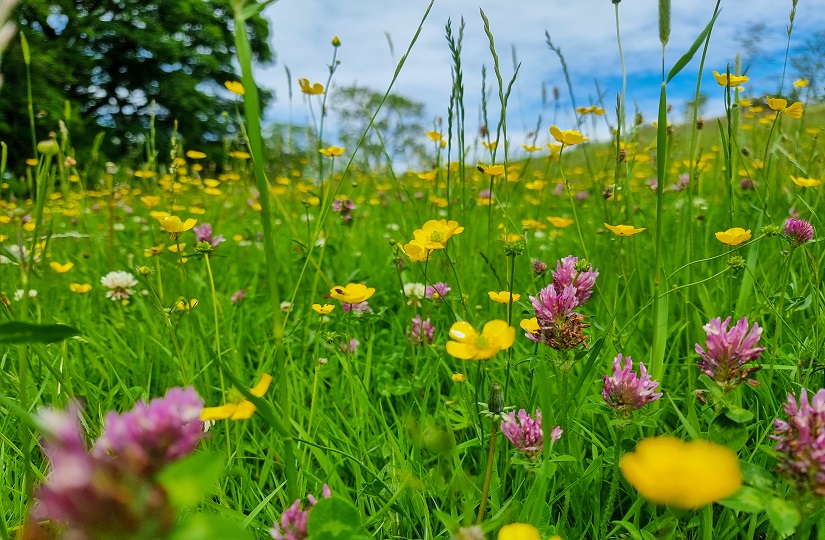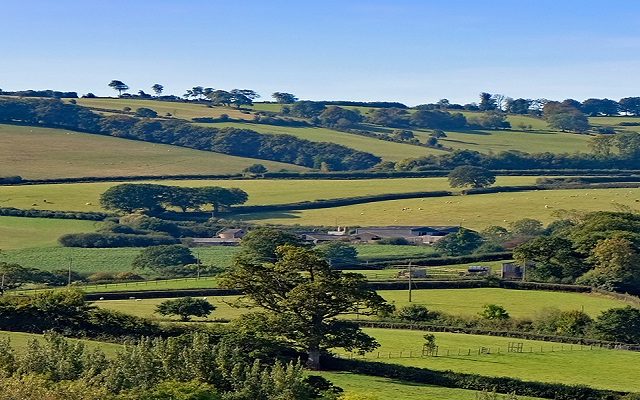Guidance on ‘stacking’ ecosystem services payments
Landowners looking to combine a range of revenue streams by delivering different ecosystem services on the same parcel of land are to be given greater clarity about what will and won’t be possible.
It is widely recognised that land managers are likely to need to ‘stack’ or layer payments for delivering a range of different services – such as carbon capture, biodiversity improvements, natural food mitigation, and nutrient neutrality – to help some nature-based projects work financially.
There are also strong arguments that allowing farmers and landowners access to multiple revenue streams may act as an incentive for them to design high-quality schemes which meet multiple objectives, improving the overall environmental outcome.
However, stacking payments is one of those concepts that sounds simple in theory, but may be rather more difficult in practice. The complexity and current lack of clear government guidance does makes it vital that landowners seek professional advice in this emerging market. One of the current challenges is establishing how private sector investment should sit alongside some of the new schemes being rolled out by the government, funded by public money.
Guidance on stacking principles
To address this issue, Defra has announced that it is in the process of developing a new policy framework for ecosystem market development which will signpost people to guidance on the principles of stacking payments and the eligibility rules for individual schemes and markets.
A draft framework is expected to be published this summer, in advance of a planned update to the Green Finance Strategy in late 2022.
EWCO and stacking payments
Meanwhile, Defra has confirmed that land managers may be able to receive payments under the England Woodland Creation Offer (EWCO) in addition to payment for ecosystem services from other sources, subject to conditions.
For example, projects funded with EWCO payments may be eligible for registration under the UK Woodland Carbon Code, subject to the scheme meeting the WCC’s additionality tests.
There may also be cases where it is possible to stack EWCO funding with Biodiversity Net Gain (BNG) payments where landowners elect to establish woodlands in situations where they are not required to do so. However, where a developer is required to replace woodland on a like-for-like basis the project would be ineligible for EWCO payments because it would be subject to an existing legal requirement to create the woodland.
Recipients of EWCO ‘additional contributions’ payments – where landowners can be paid a top-up to improve water quality, public access or to encourage nature recovery – will also not be eligible to draw in funding from another source for providing the same service. For example, a farmer who is a recipient of the additional contributions payment for water quality could not sell water quality benefits to a third party, such as a water company.
Defra does have plans to introduce a new policy which will permit EWCO recipients to pay back their additional contributions payments if they have an opportunity to sell them more lucratively elsewhere, but guidance on this process will not be available until later this year.
This new EWCO guidance is helpful, while the forthcoming policy framework will hopefully offer more clarity which will be essential for the development of future projects. However, it is likely to remain a complex area where the input of environmental land management specialists will continue to be important.
If you would like to know more about ecosystem services and payment stacking contact Duncan Glen or for specific EWCO queries contact Matthew Bennison.






